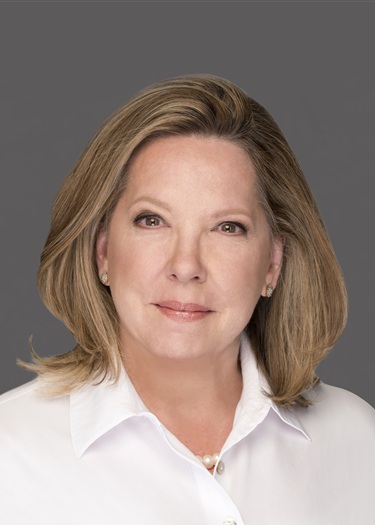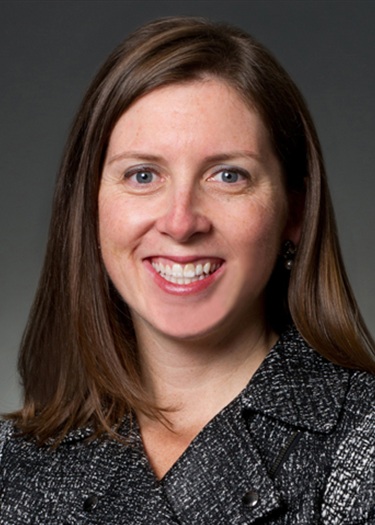Auditor Will Be Required To Communicate “Critical Audit Matters” Arising From the Audit
On October 23, 2017, the Securities and Exchange Commission (SEC) unanimously approved a proposal of the Public Company Accounting Oversight Board (PCAOB) to adopt AS 3101, The Auditor’s Report on an Audit of Financial Statements When the Auditor Expresses an Unqualified Opinion, and make conforming amendments to other PCAOB standards. The PCAOB initially issued the proposed rules in 2013, reproposed them in 2016 and adopted them in final form on June 1, 2017, subject to SEC approval.
The new standard is designed to provide investors with greater insight into how the independent auditor reached its opinion on the company’s financial statements. Most significantly, the auditor will be required to describe in the auditor’s report in a company’s annual report on Form 10-K any “critical audit matters” (CAMs) arising from the audit, meaning matters the auditor discussed with the audit committee that related to material accounts or disclosures and involved especially challenging, subjective or complex auditor judgment. The new standard will also require the auditor’s report to state the auditor’s tenure with the company and be presented in a standardized form.
Communication of Critical Audit Matters
The new standard will require the auditor to disclose in the auditor’s report any CAMs arising from the audit of the financial statements or state that the auditor determined that there are no CAMs. CAMs are defined as any matters arising from the audit that were communicated or required to be communicated to the audit committee and that (1) relate to accounts or disclosures that are material to the financial statements and (2) involved especially challenging, subjective or complex auditor judgment. The rules provide a nonexhaustive list of factors the auditor should consider when determining whether a matter involved especially challenging, subjective or complex auditor judgment:
- The auditor’s assessment of the risks of material misstatement, including significant risks;
- The degree of auditor judgment related to areas in the financial statements that involved the application of significant judgment or estimation by management, including estimates with significant measurement uncertainty;
- The nature and timing of significant unusual transactions and the extent of audit effort and judgment related to these transactions;
- The degree of auditor subjectivity in applying audit procedures to address the matter or in evaluating the results of those procedures;
- The nature and extent of audit effort required to address the matter, including the extent of specialized skill or knowledge needed or the nature of consultations outside the engagement team regarding the matter; and
- The nature of audit evidence obtained regarding the matter.
For each CAM, the auditor must:
- Identify the CAM;
- Describe the principal considerations that led the auditor to determine that the matter is a CAM;
- Describe how the CAM was addressed in the audit; and
- Refer to the relevant financial statement accounts or disclosures that relate to the CAM.
When describing how a CAM was addressed in the audit, a note to AS 3101 provides that an auditor may describe (1) the auditor’s response or approach that was most relevant to the matter, (2) a brief overview of the audit procedures performed, (3) an indication of the outcome of the audit procedures and (4) key observations with respect to the matter, or some combination of these elements.
The PCAOB expects that, in most audits, the auditor will determine that at least one matter involved especially challenging, subjective or complex auditor judgments.
For each matter arising from the audit that was communicated or required to be communicated to the audit committee and that relates to accounts or disclosures that are material to the financial statements, the auditor must document whether or not the matter was determined to be a CAM (i.e., involved especially challenging, subjective or complex auditor judgment) and the basis for such determination. For matters determined to be CAMS, the description in the auditor’s report will generally suffice as documentation. For matters determined not to be CAMS, the amount of audit documentation, which is not public, will vary with the circumstances.
Other Changes to Auditor’s Reports
- The rules will require several other changes to the auditor’s report:
- It must include a statement disclosing the auditor’s tenure with the company;
- It must include a statement that the auditor is a public accounting firm registered with the PCAOB and is required to be independent in accordance with the U.S. federal securities laws and applicable SEC and PCAOB rules and regulations;
- It must include the phrase “whether due to error or fraud” to the end of the statement that PCAOB standards require the auditor to obtain reasonable assurance about whether the financial statements are free of material misstatement;
- It must be in a standardized form with the opinion appearing in the first section and new section titles; and
- It must be addressed to both the company’s shareholders and the board of directors.
Applicability
Communication of CAMs in auditor’s reports will not be required for audits of emerging growth companies (EGCs), certain broker dealers, investment companies other than business development companies and employee stock purchase, savings and similar plans. The other changes to auditor’s reports apply to all audits performed under PCAOB standards, including audits of EGCs.
Phase-In Schedule
Communication of CAMs in auditor’s reports will first be required for:
- Large accelerated filers – for audits for fiscal years ending on or after June 30, 2019; and
- All other covered companies – for audits for fiscal years ending on or after December 15, 2020.
The other changes to auditor’s reports will first be required for audits of fiscal years ending on or after December 15, 2017.
Post-Implementation Review
Acknowledging that the new standard marks a “significant change in practice for auditors, companies and audit committees,” the SEC stated that it expects the PCAOB to closely monitor implementation of the rules, including consideration of any “unintended consequences.” The SEC noted in particular the following PCAOB action items: (1) potentially issuing incremental implementation guidance, (2) making PCAOB staff available to respond to questions and (3) completing a post-implementation review as soon as reasonably possible and considering revisions to the new standard (e.g., a delayed effective date for companies other than large accelerated filers).
SEC’s Response to Public Comments
In its approval order, the SEC addressed several concerns raised in approximately 50 comment letters submitted on the proposed rules. In response to concerns that the CAM requirements could chill communications between auditors and the audit committees, the SEC noted that “it would be highly unusual for a matter to meet the definition of a CAM and not be required to be communicated to the audit committee” pursuant to the existing requirements of AS 1301, Communications with Audit Committees. To address concerns about boilerplate disclosures, the SEC reiterated that the requirements are intentionally principles-based to encourage auditors to provide tailored, audit-specific information when communicating CAMs in the auditor’s report. In fact, the PCAOB deleted the illustrative examples of CAM communications from the 2016 reproposal when it adopted the final standard because it was concerned that including examples could lead to more boilerplate CAM descriptions.
After considering the public comments, the SEC agreed with the PCAOB that the expected benefits of the new standard outweigh the potential costs. Specifically, the SEC believes the expanded auditor’s report will reduce information asymmetries and be useful to investors in assessing a company’s financial reporting and making voting and investment decisions.
Attorney Advertising—Sidley Austin LLP is a global law firm. Our addresses and contact information can be found at www.sidley.com/en/locations/offices.
Sidley provides this information as a service to clients and other friends for educational purposes only. It should not be construed or relied on as legal advice or to create a lawyer-client relationship. Readers should not act upon this information without seeking advice from professional advisers. Sidley and Sidley Austin refer to Sidley Austin LLP and affiliated partnerships as explained at www.sidley.com/disclaimer.
© Sidley Austin LLP



